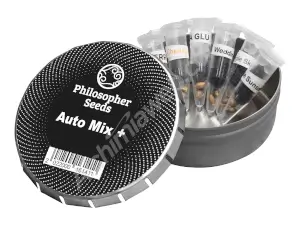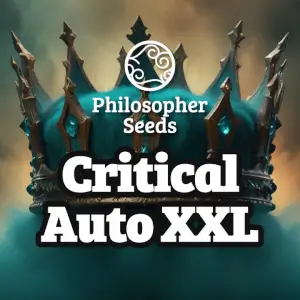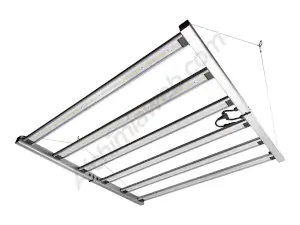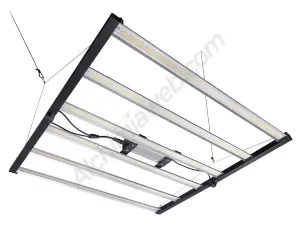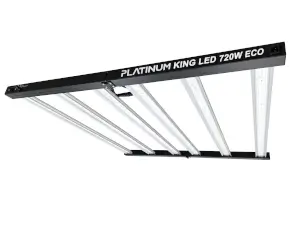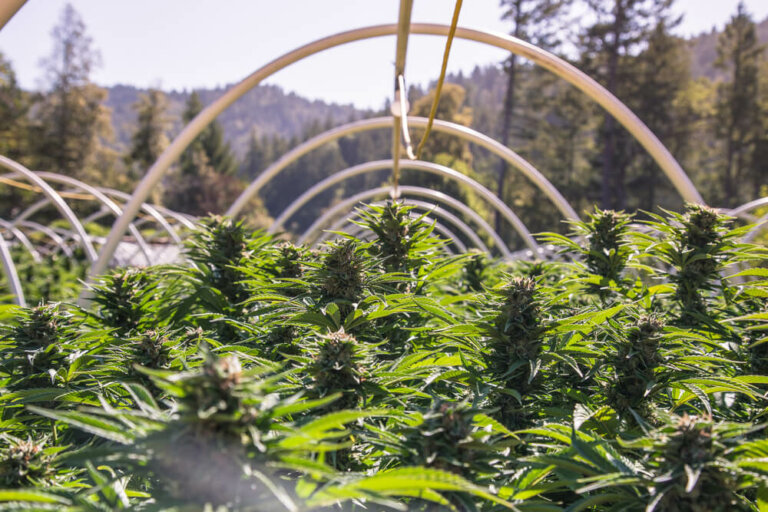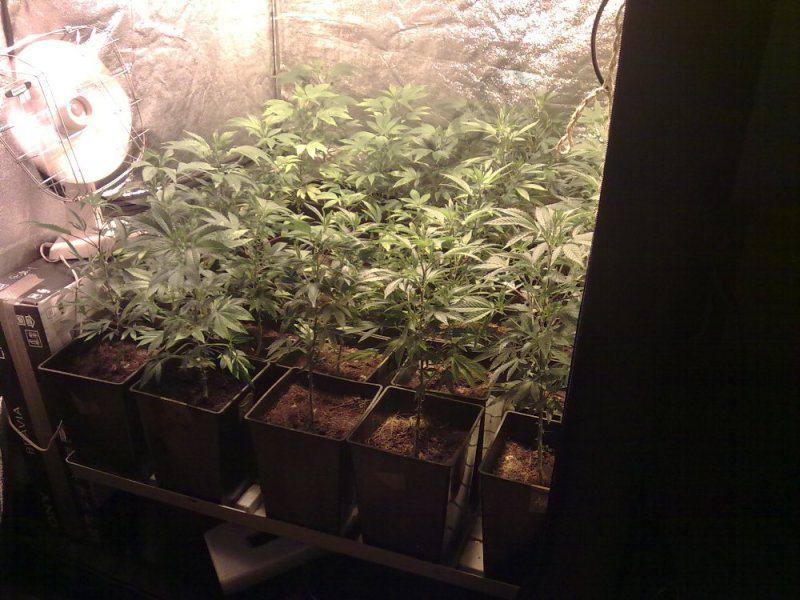Cannabis seeds for Indoor growing
List of contents
What are the best indoor cannabis seeds?
Today, and thanks to the efforts of breeders and cannabis seedbanks that have been selecting, breeding, and crossing genetics from around the world, the worldwide cannabis community can choose among a huge range of marijuana strains on the market.
The main aim was and still is genetic improvement, so all growers can enjoy a high-quality standard that meets their demands. Once we are about to start an indoor crop, the main question is: What are the most suitable strains for growing indoors?
Indeed, we have lots of possibilities, and while some genetics show their full potential in indoor grow rooms, others need different conditions or growing systems to provide the best results. We must understand correctly our growing system and conditions to choose the correct strains to grow.
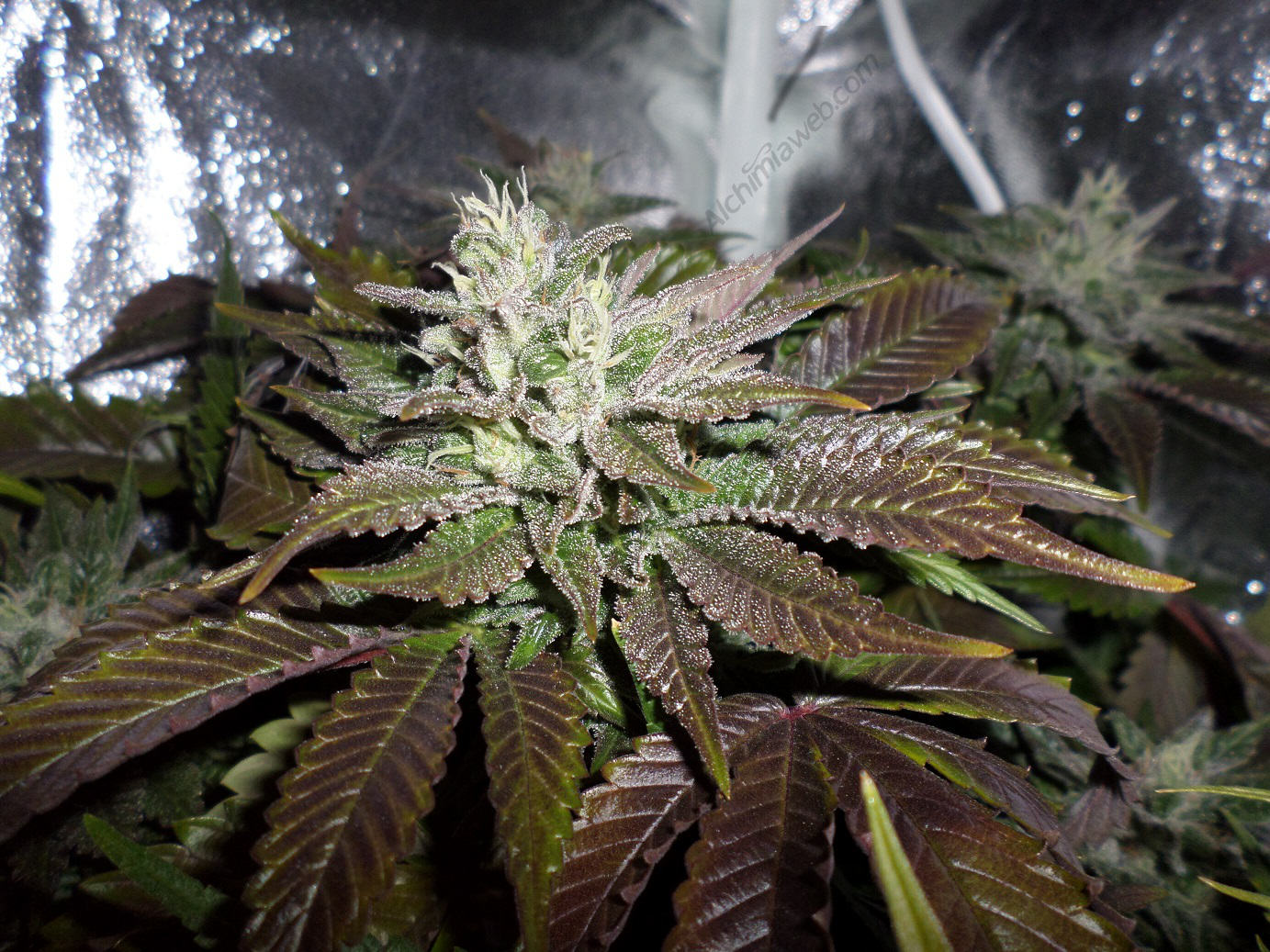
What marijuana strains should be grown indoors?
There are several aspects to keep in mind before purchasing our seeds:
Plant height and structure
Probably, the most important factor when growing in indoor cabinets or rooms is plant size, since the available space is limited and plants need favorable environmental conditions for proper development.
Indoor cannabis growing started a few decades ago when different strains were grown and bred in indoor grow rooms. Thus, Sativa-Indica hybrids were mainly developed indoors and are much more adapted to these conditions than, for instance, pure Sativas, which often grow too much and take too much time to flower when grown under HPS, HM, LED, CFL or other artificial lighting systems.
Hybrid cannabis plants combine the best traits of their parents, being vigorous and strong. These strains are more easily adapted to indoor conditions than landraces, which haven't been grown/bred under artificial lights and therefore aren't adapted to it.
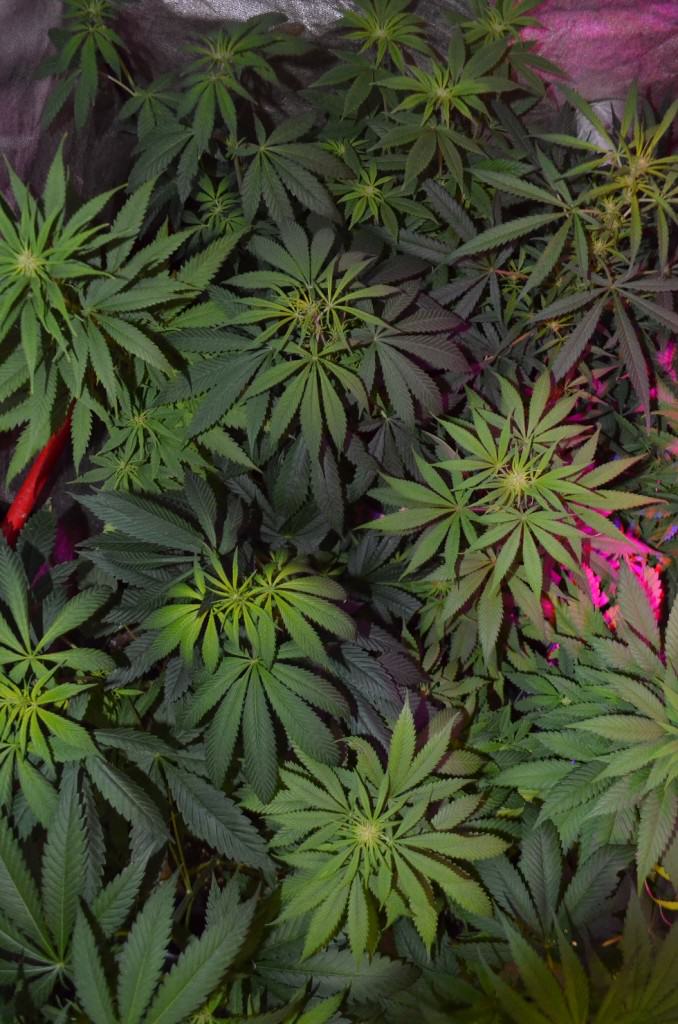
Flowering time
Growing indoors means using artificial lighting and ventilation systems, etc. which also means power consumption. This is why we must be sure that we'll take profit from all this power, getting the best possible yields from our plants without forgetting quality.
Plants with a flowering period longer than 10-11 weeks represent a considerable expense in power consumption. This, combined to their height, made breeders cross Sativa plants with Indicas to shorten both features, thus creating the so-called Indica-Sativa marijuana hybrids, plants that show an excellent and balanced combination between the main features of both parents.
Some examples of cannabis genetic lines suitable for indoor growing are varieties from the White, Blue, or Skunk families, as well as Indica-Sativa and Sativa-Indica hybrids.
Growing Sativas in indoor growing tents
As we have seen, indoor growing allows us to grow lots of different cannabis varieties by using lamps and ventilation systems.
Sativa plants can easily grow too much when grown indoors, although the experienced grower can handle this by using different pruning and training techniques. The SCROG technique, for example, enables the grower to keep the height of the branches uniform and under control.
However, and even if the grower is capable of keeping the height under control, the flowering time of Sativas is often too long (12-20 weeks), so - for most growers - they take too much space and time to be worth the effort.
If we don't have appropriate climate conditions in our area to grow old-school Sativas like Oldtimers Haze, growing our plants indoors is our only choice, so if we want to enjoy pure Sativas like that we'll have to be patient!
How to grow auto-flowering plants indoors?
A few years ago, the Lowryder strain was created, an automatic hybrid based on a Ruderalis plant that blooms automatically, regardless of the photoperiod. Since then, lots of auto-flowering hybrids have been developed from the Lowryder genetics, which have quickly earned their space in the cannabis scene. Initially, these strains were mainly developed for outdoor crops, although, over time, they have shown great results in indoor grow rooms too.
To obtain the best results under artificial lights, we should use 400-600W lamps with a photoperiod of 16-20 daily hours of light. On the other hand, when we grow photoperiod strains (18/6 during growth and 12/12 during bloom) our power bills will be lower, so our grow room is much more efficient when using photoperiod strains rather than autos.
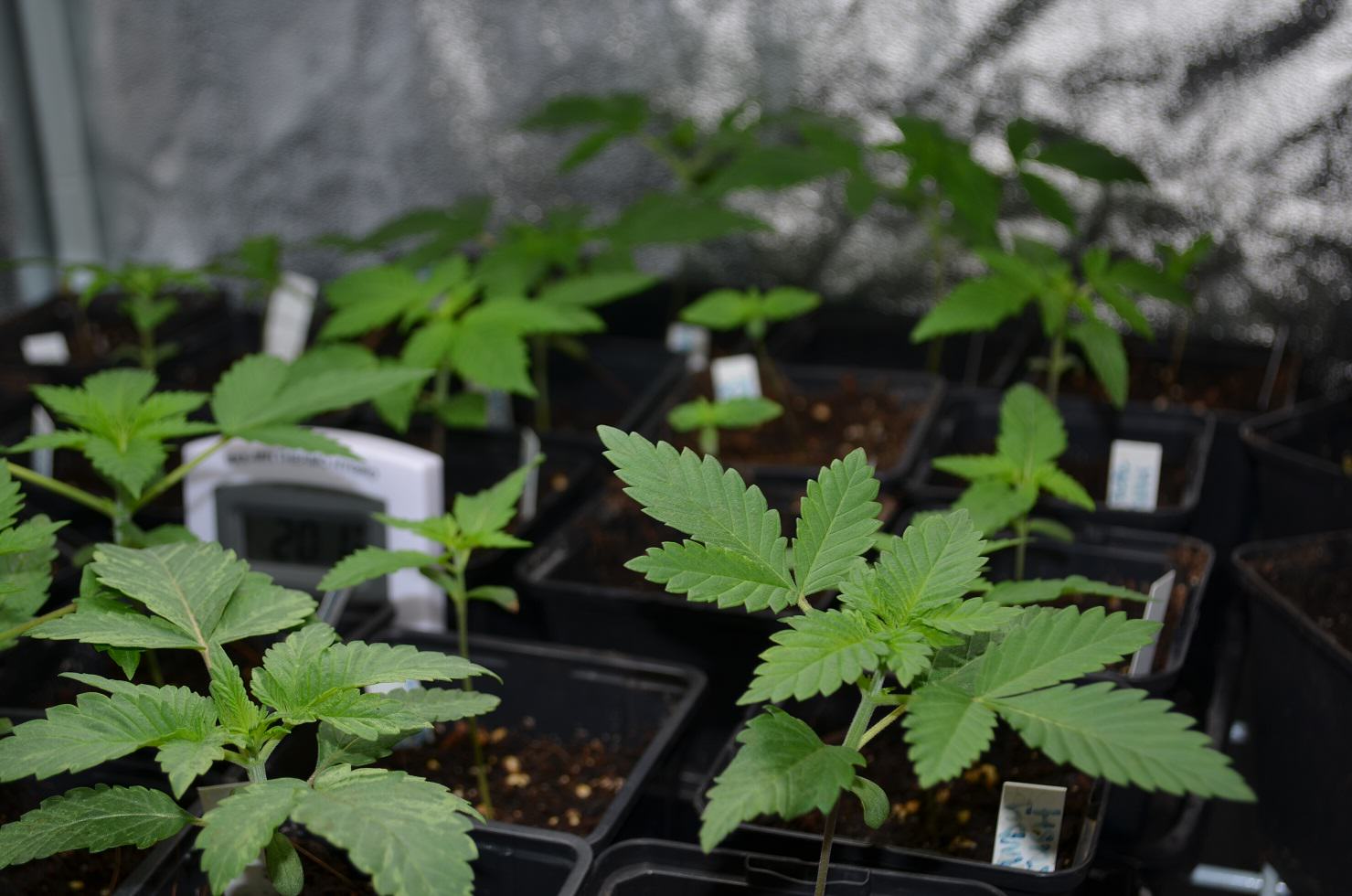
The same happens with Early strains, which were bred for an early outdoor harvest. Sometimes, these strains don't react well to a sudden change of photoperiod and start flowering when they reach sexual maturity, just as happens with automatic varieties. In this way, there is always a chance that these plants start flowering automatically, and not when the grower decides.
We hope these tips helped you to choose what strains to grow indoors depending on your needs and means. Of course, this guide should be used only as a reference, since many experienced growers won't hesitate to flower their Sativas during 6 months to obtain quality over quantity.

































